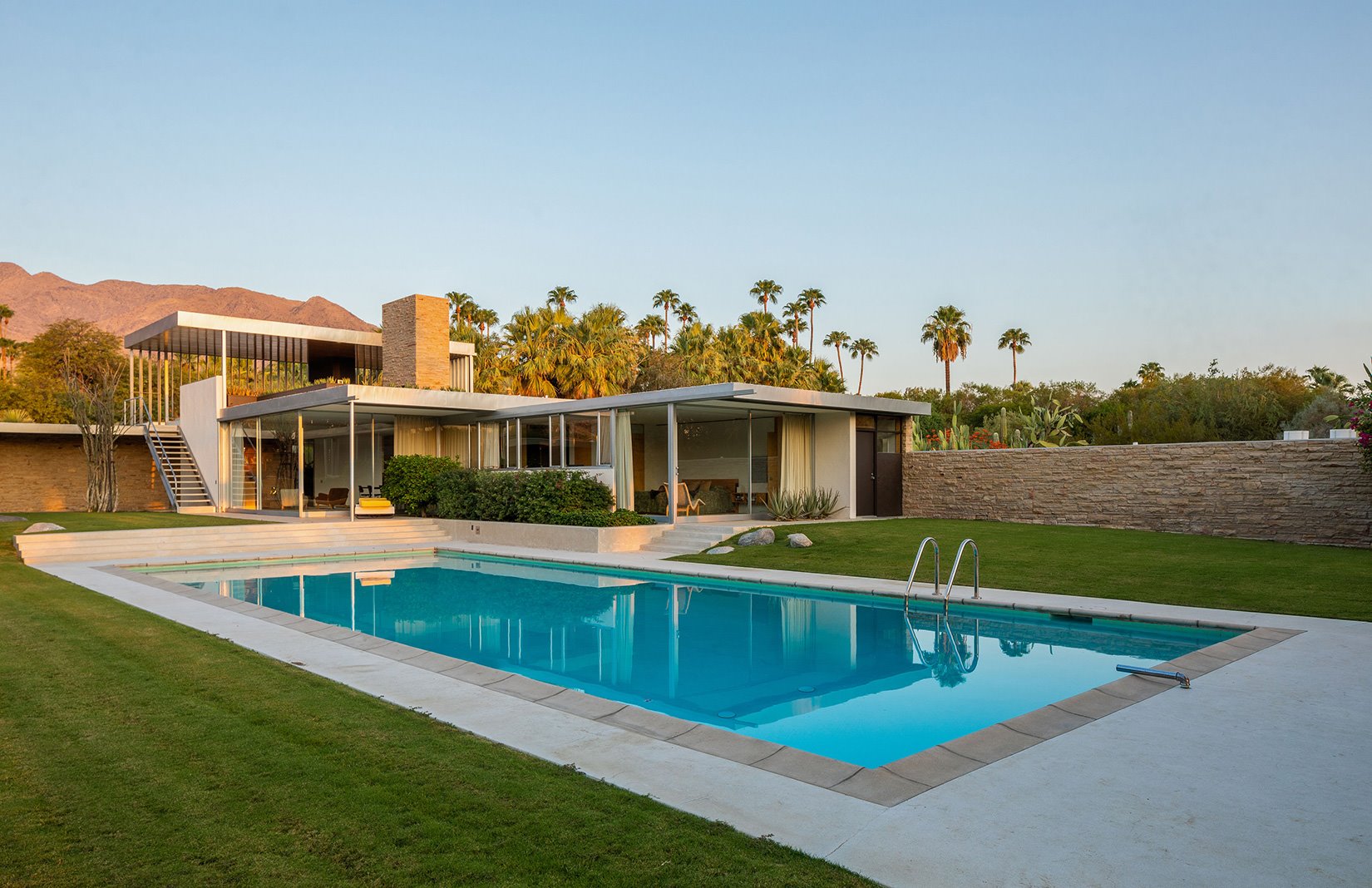The Mid-century modern style emerged in the mid-20th century, after World War II. It had its greatest peak between 1940 and 1970. However, it is a style that lasts over time thanks to the elegance of its clean lines, the mixture of materials and its functionality.
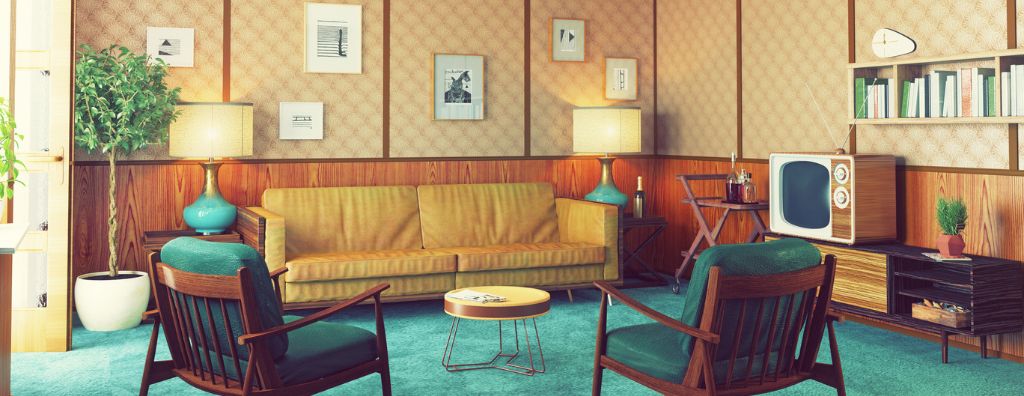
During this time, the United States lived a period of prosperity: With a booming economy, there was a remarkable urban expansion and great demand for real estate. Technological advances led to high production and development of new materials, textures, colors and even shapes in the furniture design and architecture sector.
This new growth opportunity led many designers and architects who belonged to the Bauhaus in Germany to migrate to the United States, taking with them the basic principles of design: “Form follows function.” Minimalism, geometry, materials and simplicity as the legacy of the Bauhaus were embodied in the Mid-century modern (MCM) style.
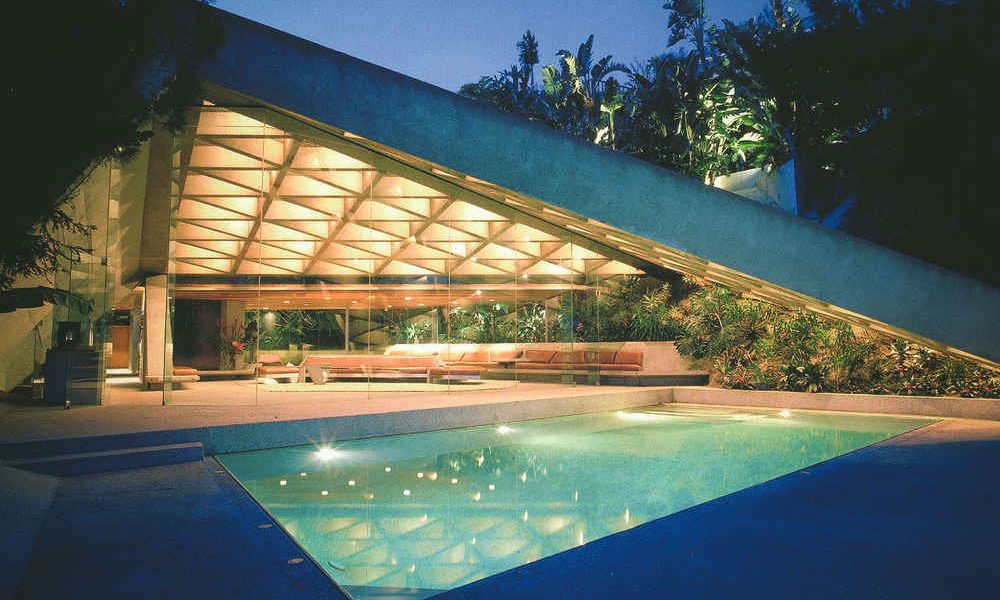
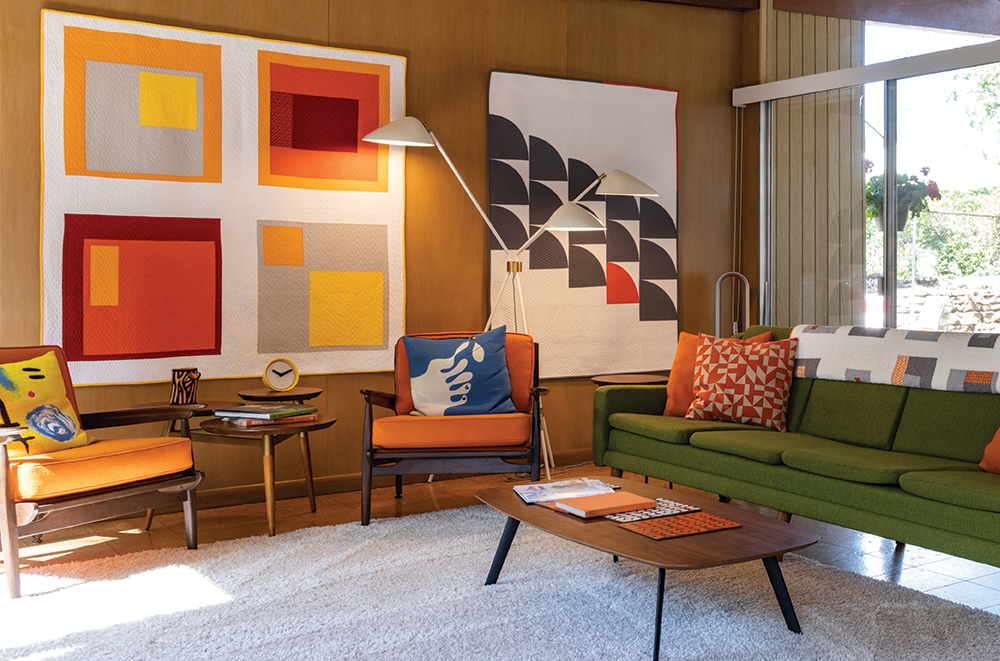
The MCM style is easy to identify. These are some characteristics that stand out:
Functionality
In the MCM style, all elements have a function. Decor is simple and limited with clean, straightforward lines. This style follows the line of the Nordic style where the furniture must be functional and practical; therefore, we try to eliminate any unnecessary elements.
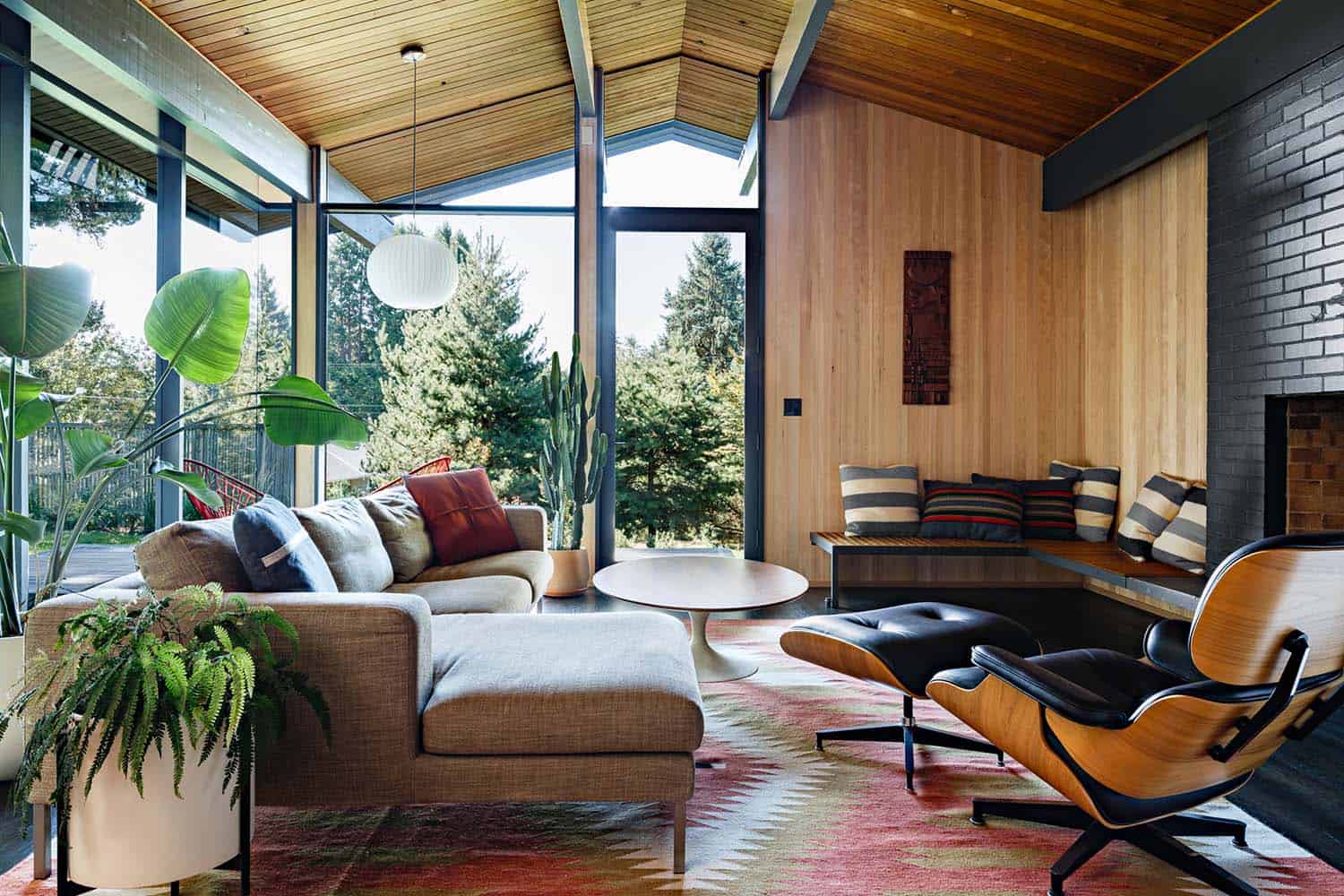 Pure and simple lines
Pure and simple lines
One of the characteristics of the Mid-century is simplicity. Clean lines, simple and straight lines are imposed. Subtle organic lines can also be found in some furniture details such as chairs, furniture stands, or lamps.
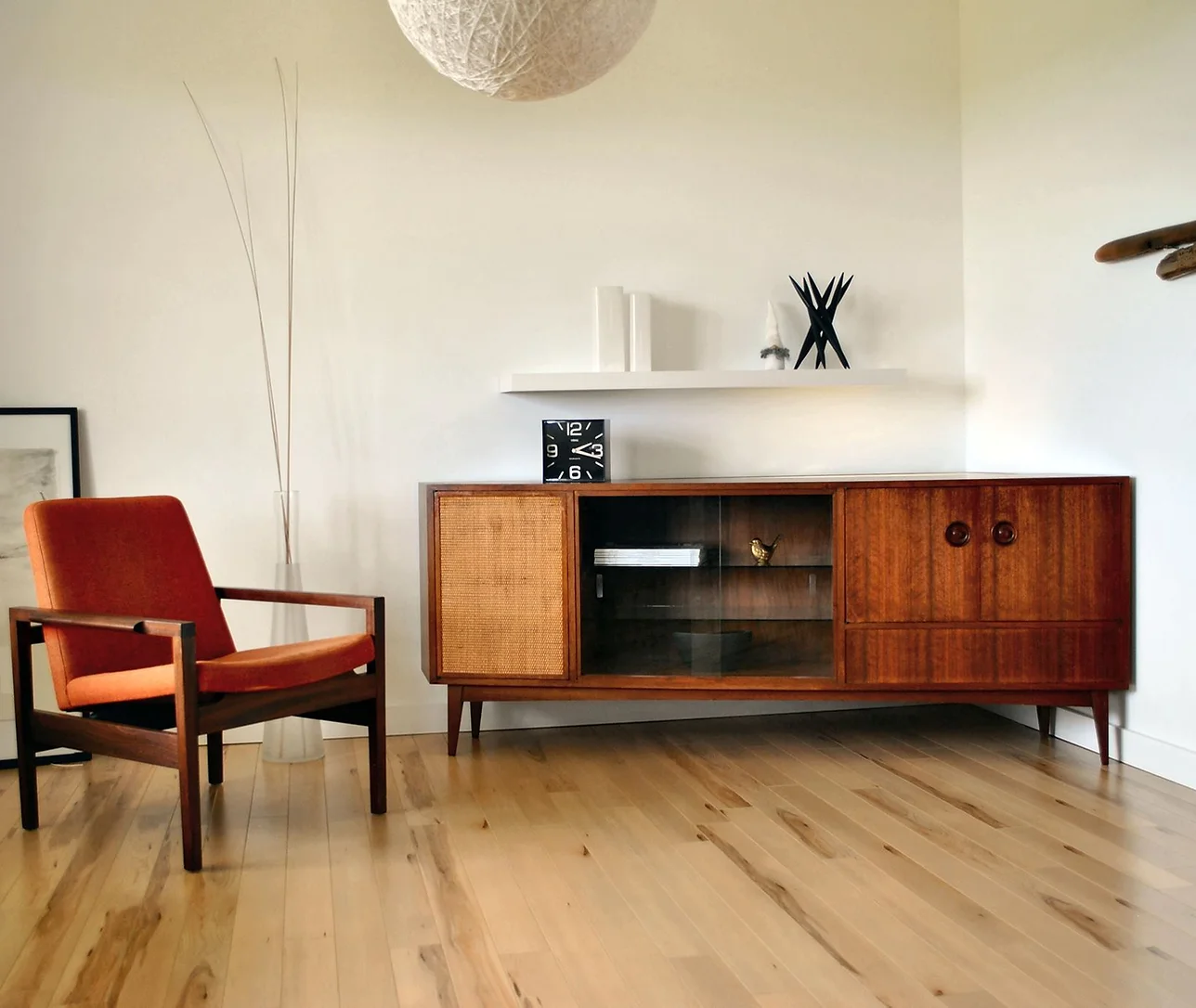
Wood
Wood is one of the main protagonists of the MCM style. This is due to the intention of creating a link with nature. The wood can be teak or walnut. The tone should not be too light or too dark. Wood is present in all types of furniture as well as in wall cladding, visible door and window frames or beams.
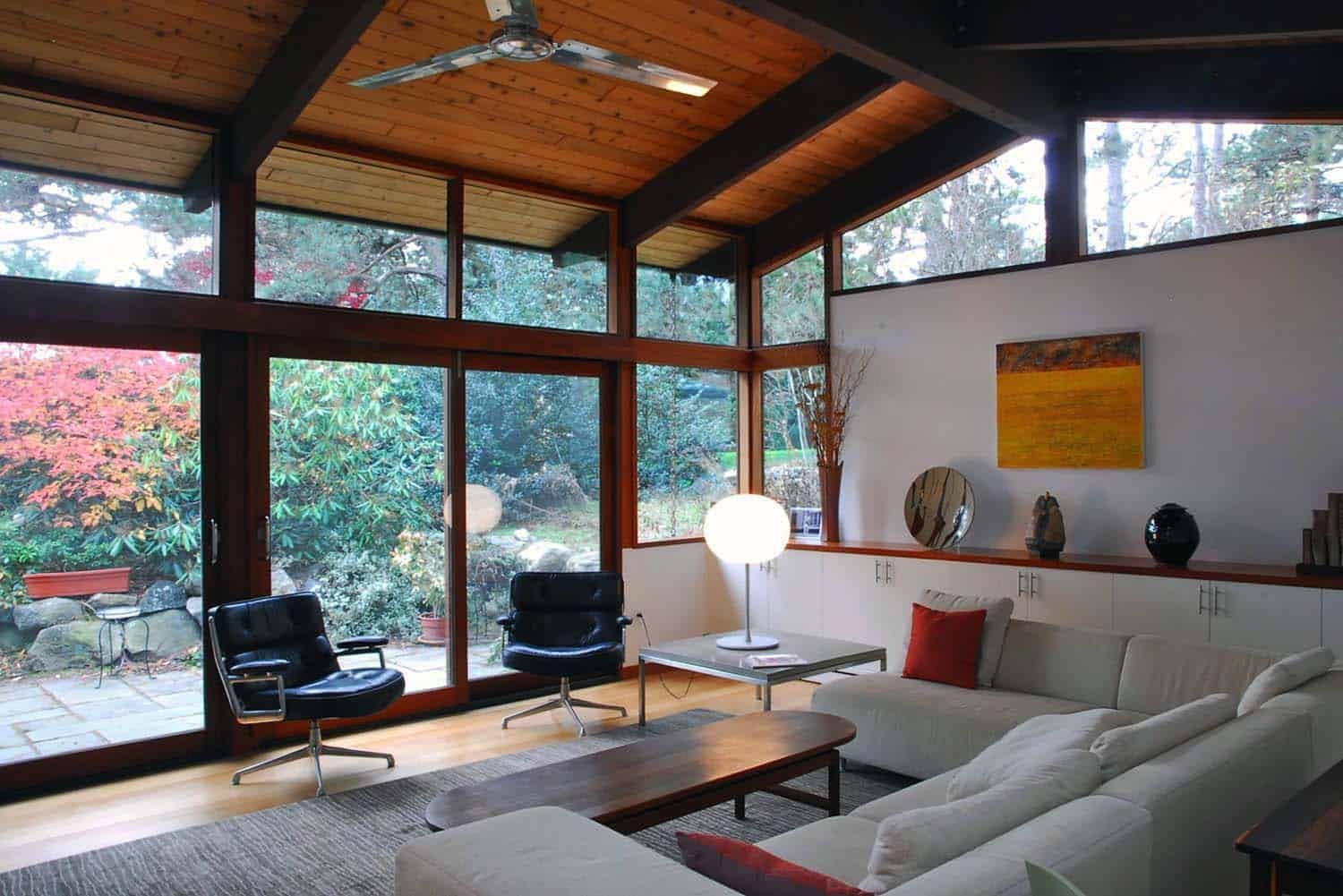
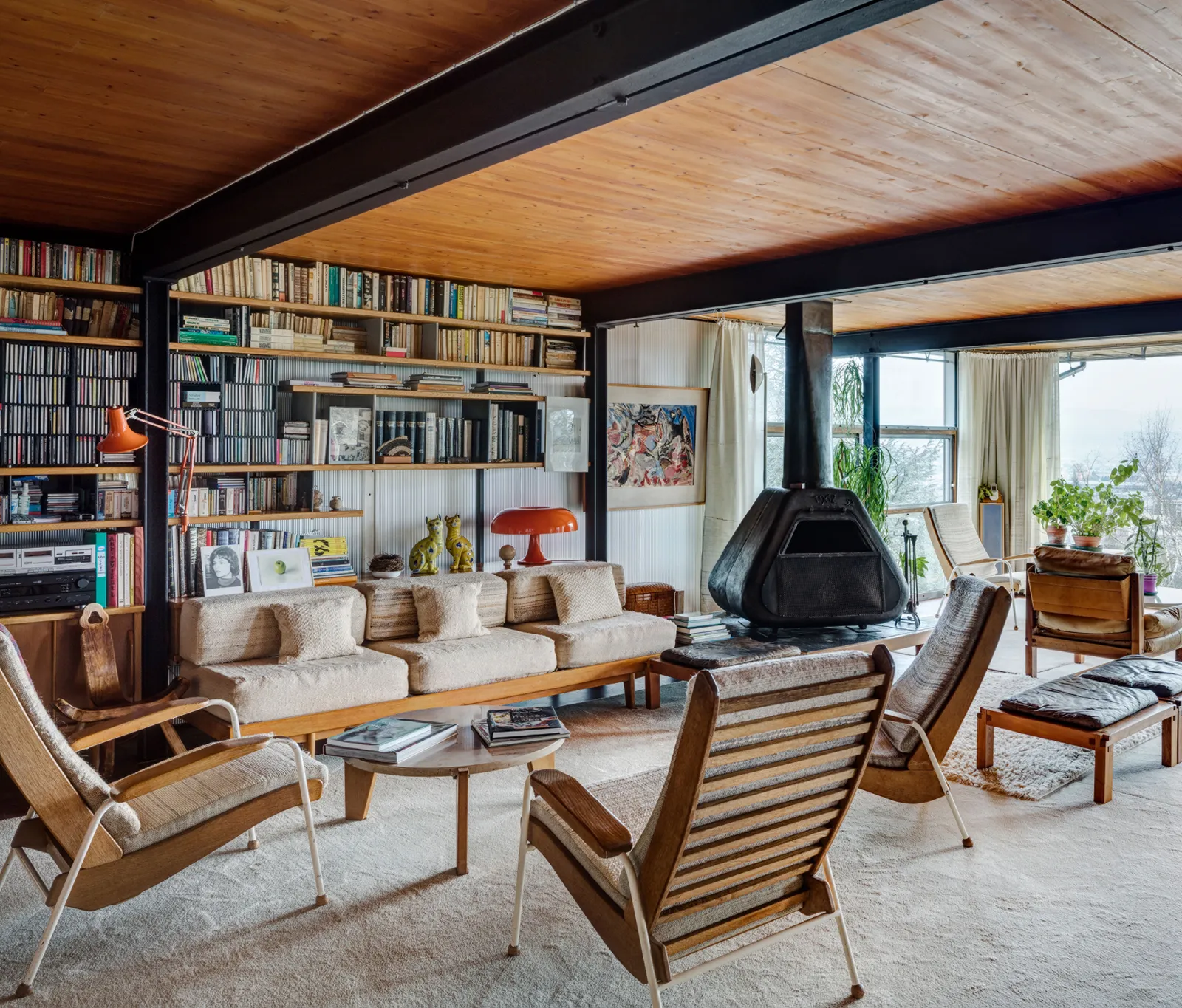
Color palette
The palette used in this style is called “tone on tone”. This means that bright details of color are applied to neutral colors, mainly red, blue or yellow. This color palette can be present in an object or as a whole within a space.
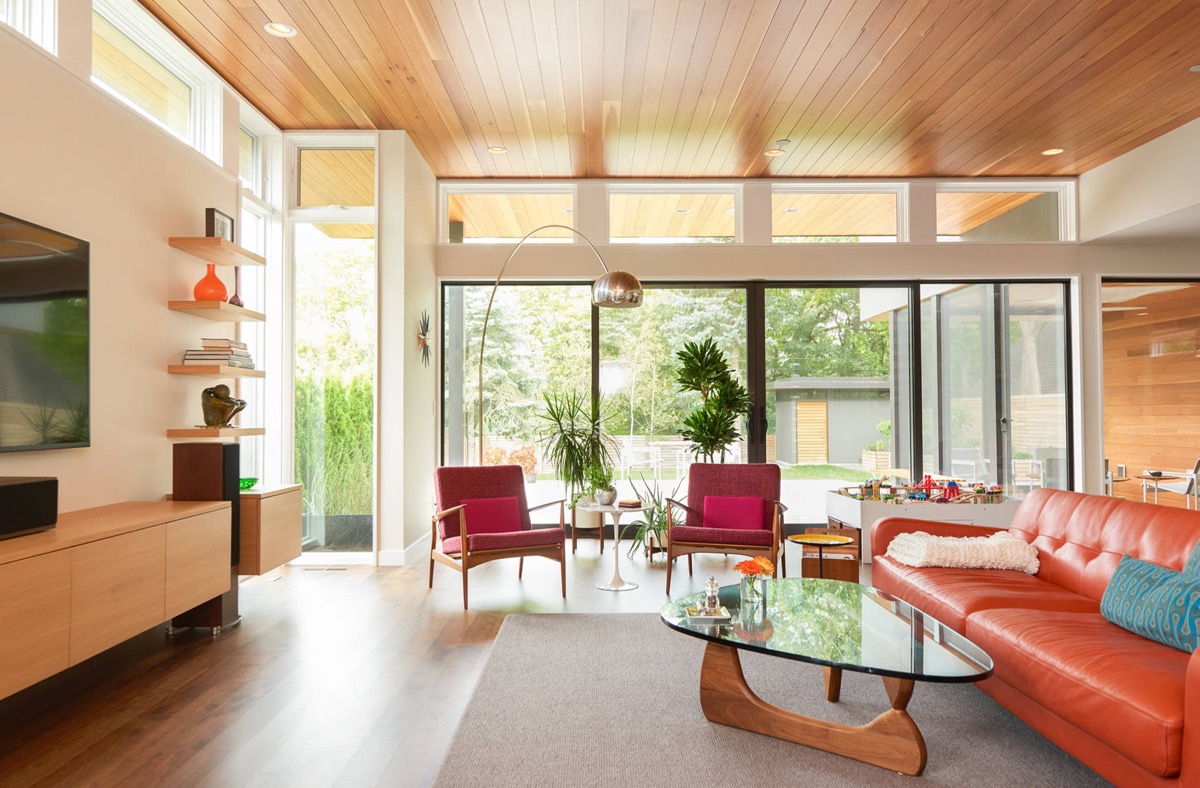
Geometry
Geometric elements are applied to textiles, paintings or wallpaper—an element widely used at the time. The geometric designs are in large format, but the visual saturation must not be neglected.
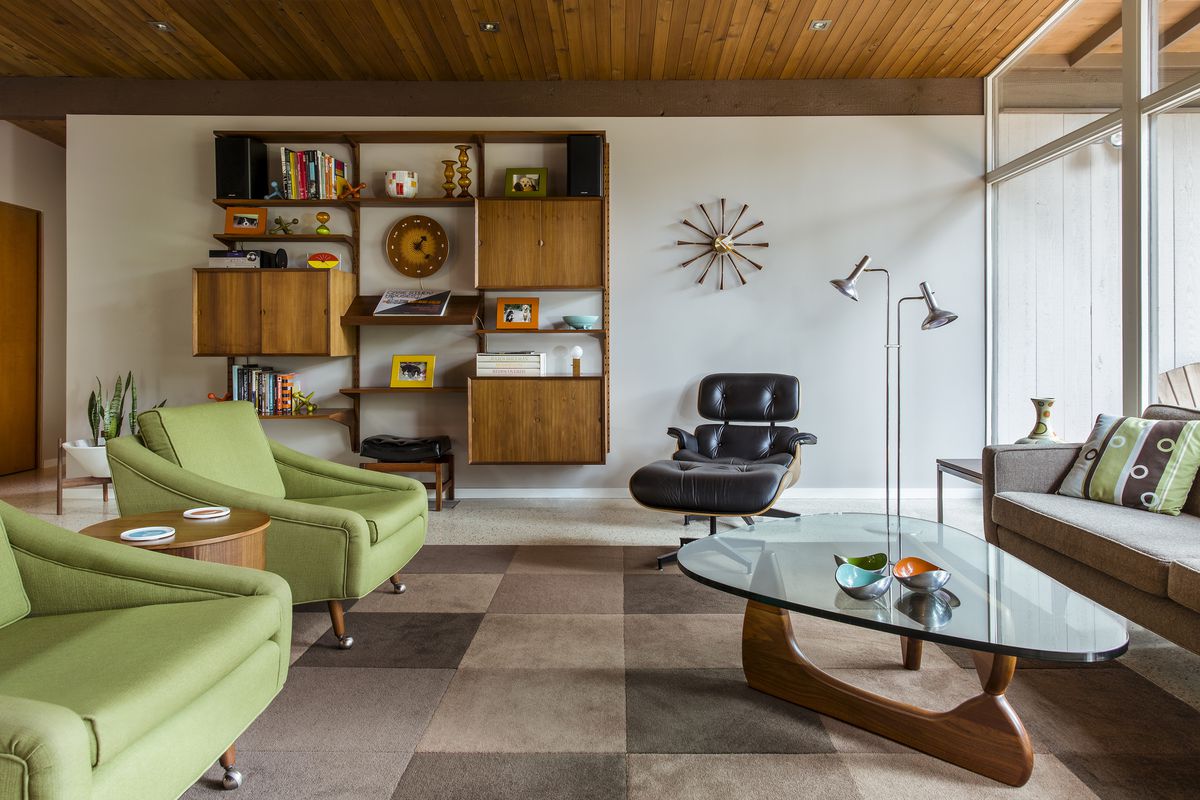
Iconic pieces
Some pieces by great designers have become an icon of Mid-century modern style and avant-garde design. Some examples are the Egg armchair, designed in 1958 by the Danish architect Arne Jacobsen with completely organic shapes; the Plywood or LCW chairs that Charles and Ray Eames designed in 1946 for Herman Miller, or the Danish-style Van Beuren chairs designed in 1957. Incorporating an iconic piece will fully reflect the essence of the style.
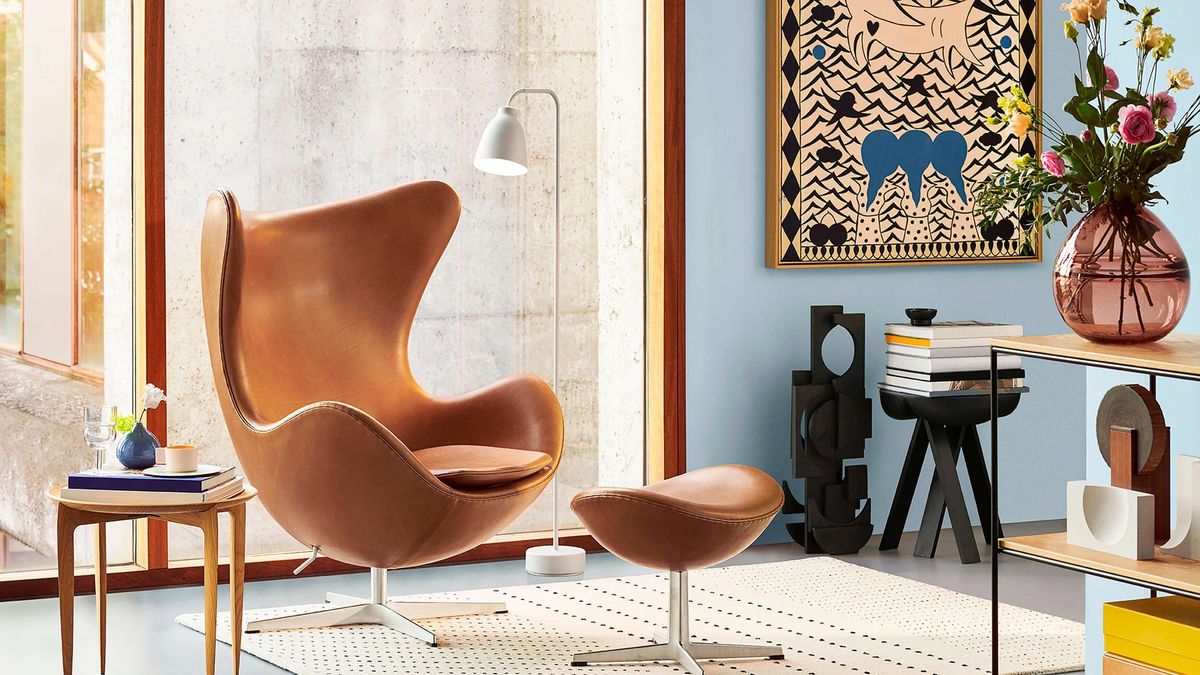
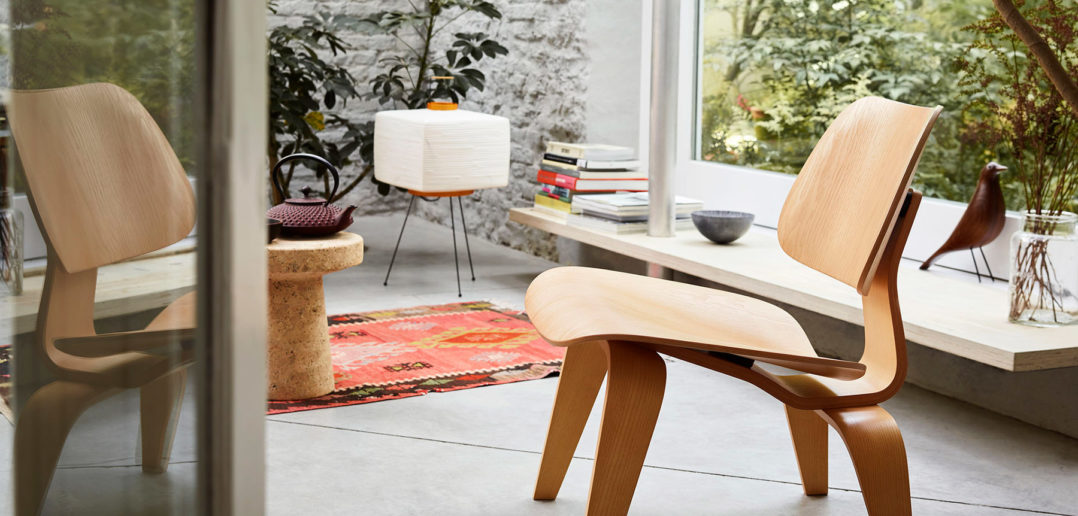
Metal
Another of the influences of the MCM is the industrial style. Metallic details, especially bronze, are found in lamps, legs and handles of furniture or accessories. The finish can be gold, copper or black.
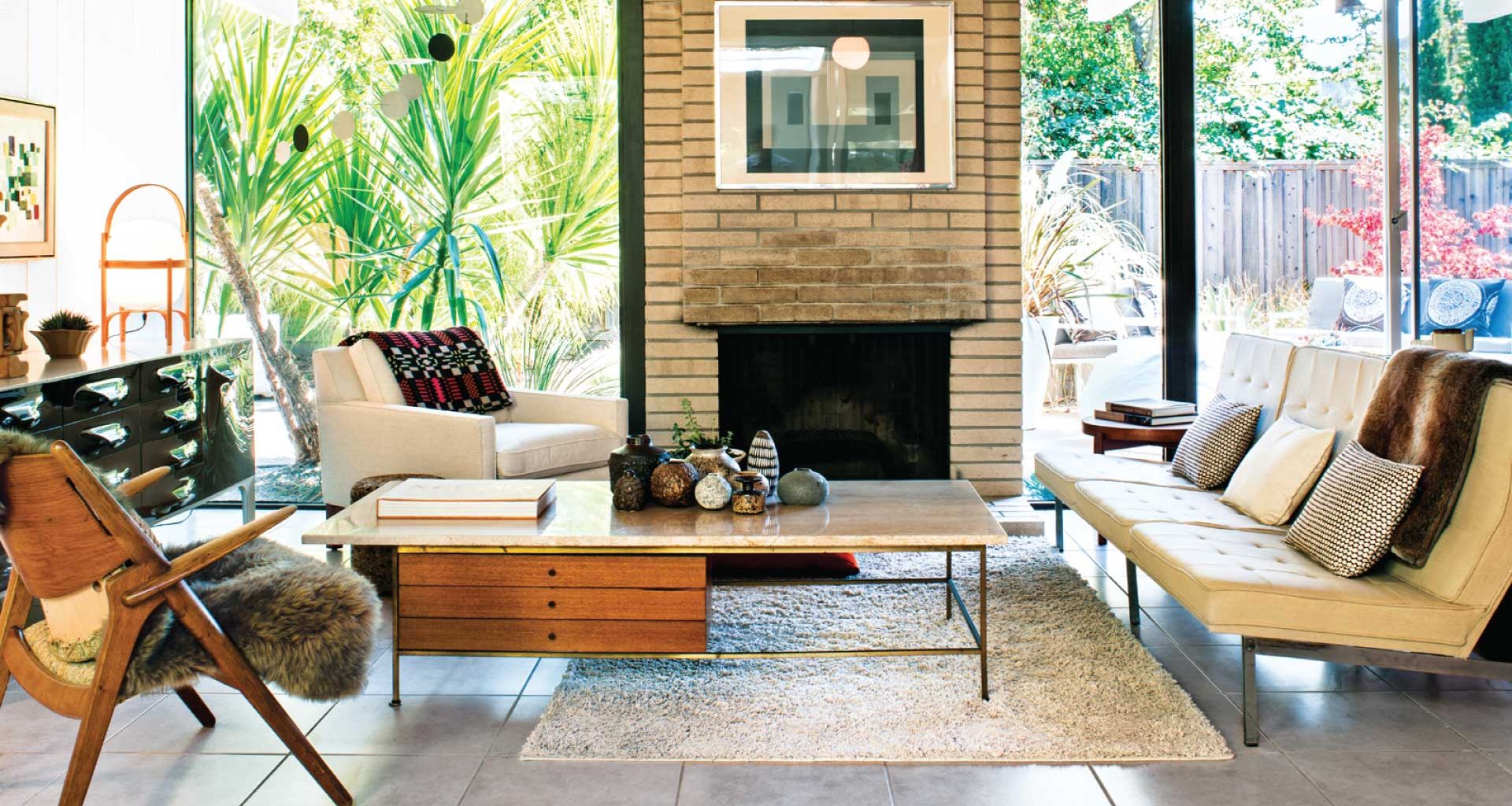
Mid-century modern style in architecture
Most of the homes of the mid-20th century have three characteristics that stand out:
- Houses are single-story dwellings, such as Ranch houses in the U.S., with orthogonal plans, clean lines and horizontal volumes. The facades are generally made of brick.
- Large windows from floor to ceiling emphasize the connection with nature through panoramic views and to achieve bright spaces. A new element of the time was the sliding doors and windows.
- Changes of levels within the spaces contribute to divide them and create different atmospheres.
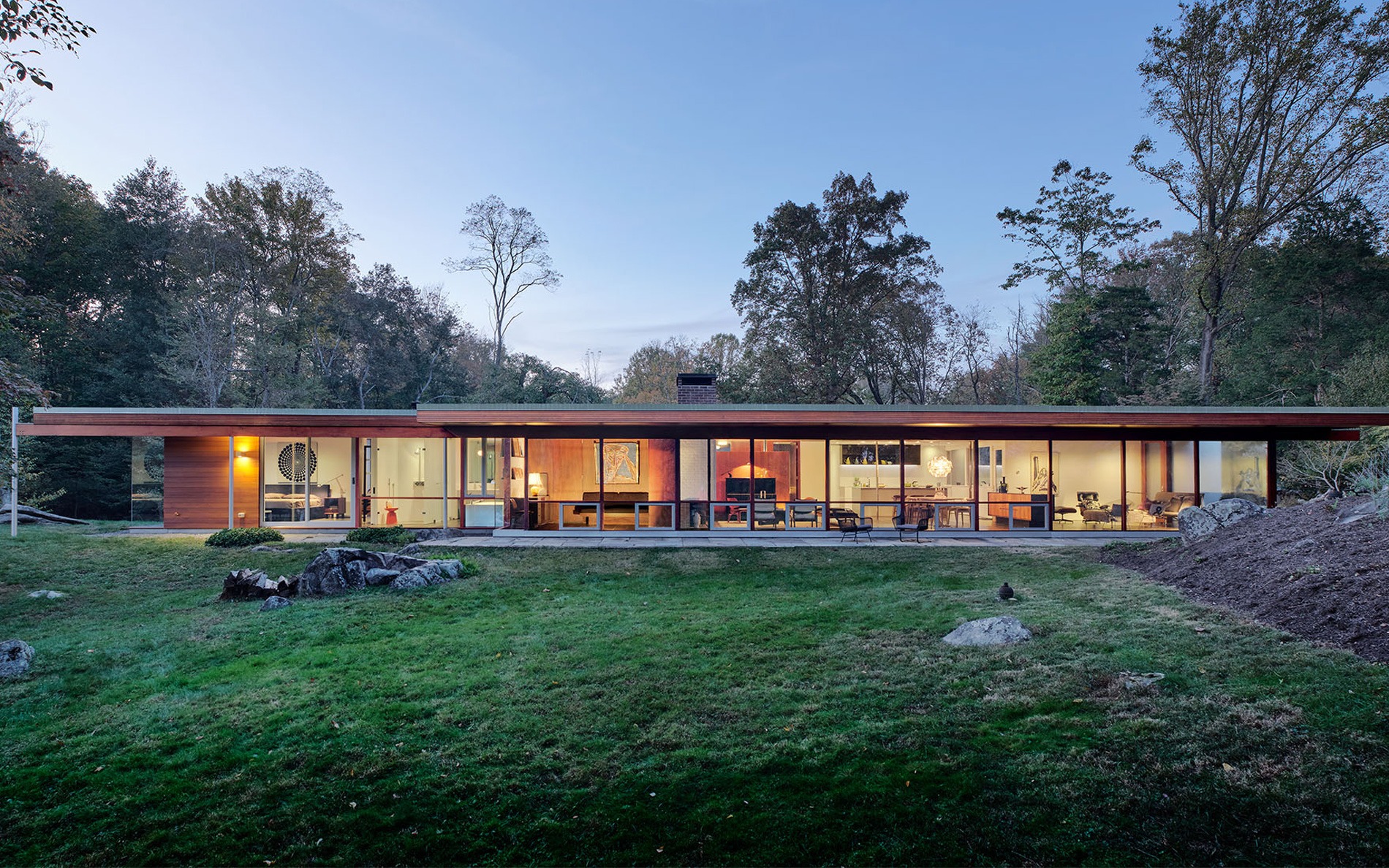
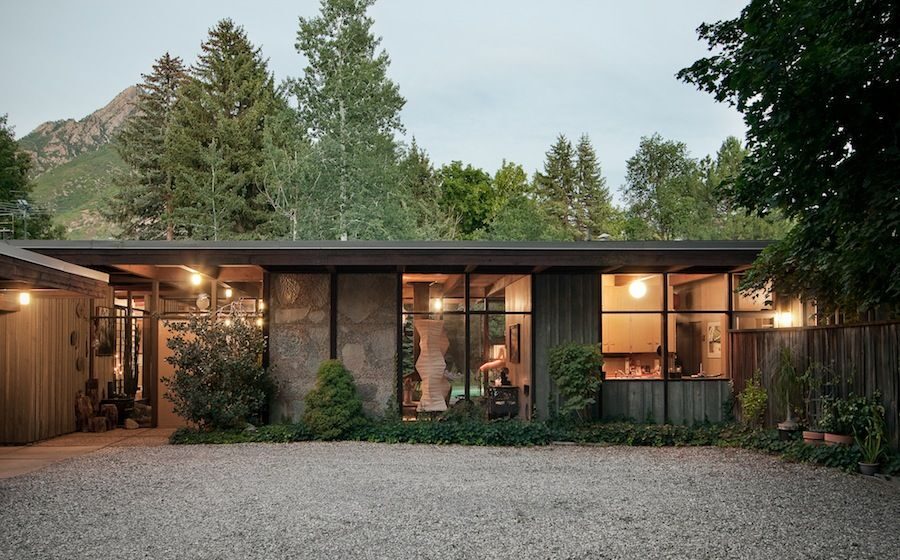
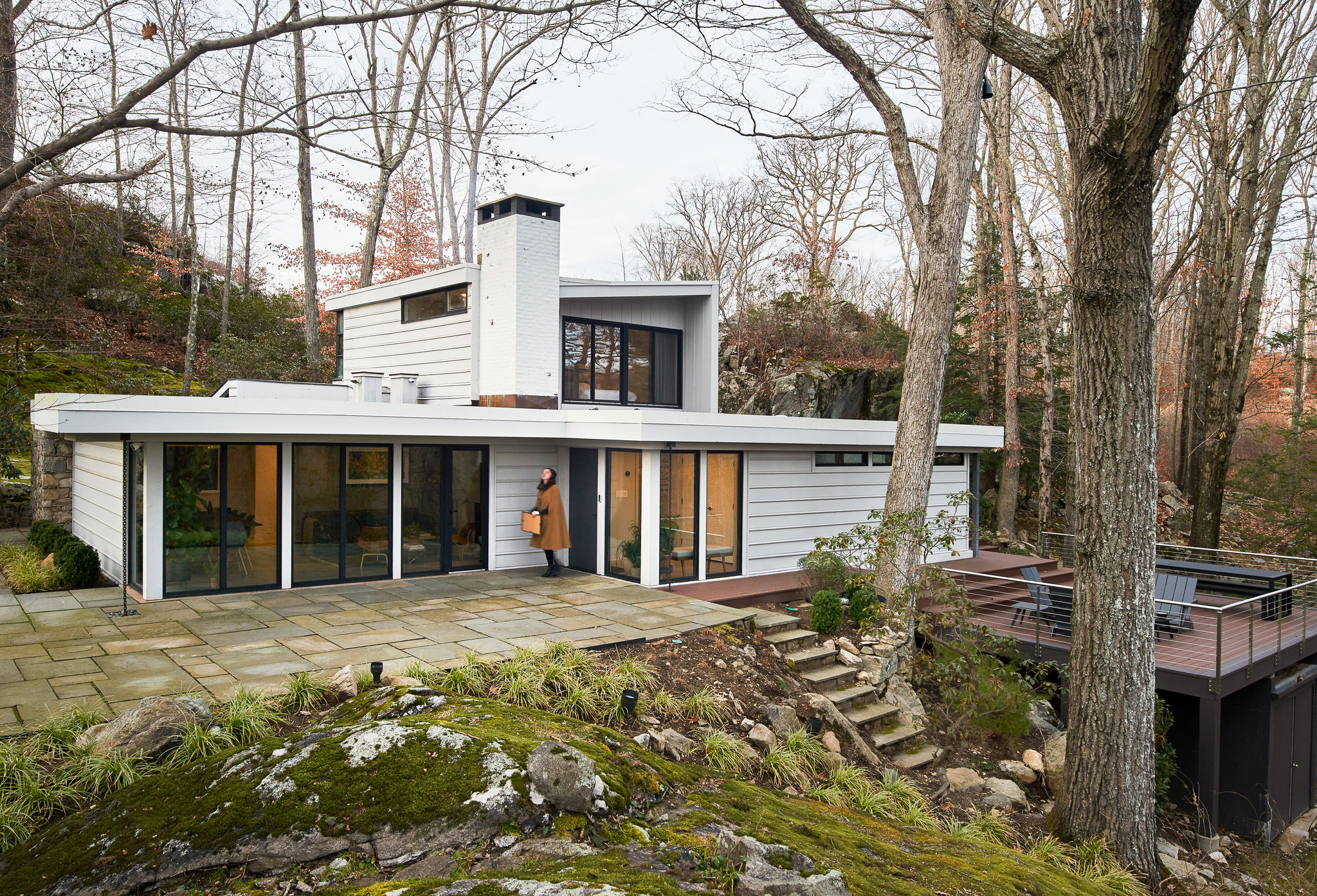
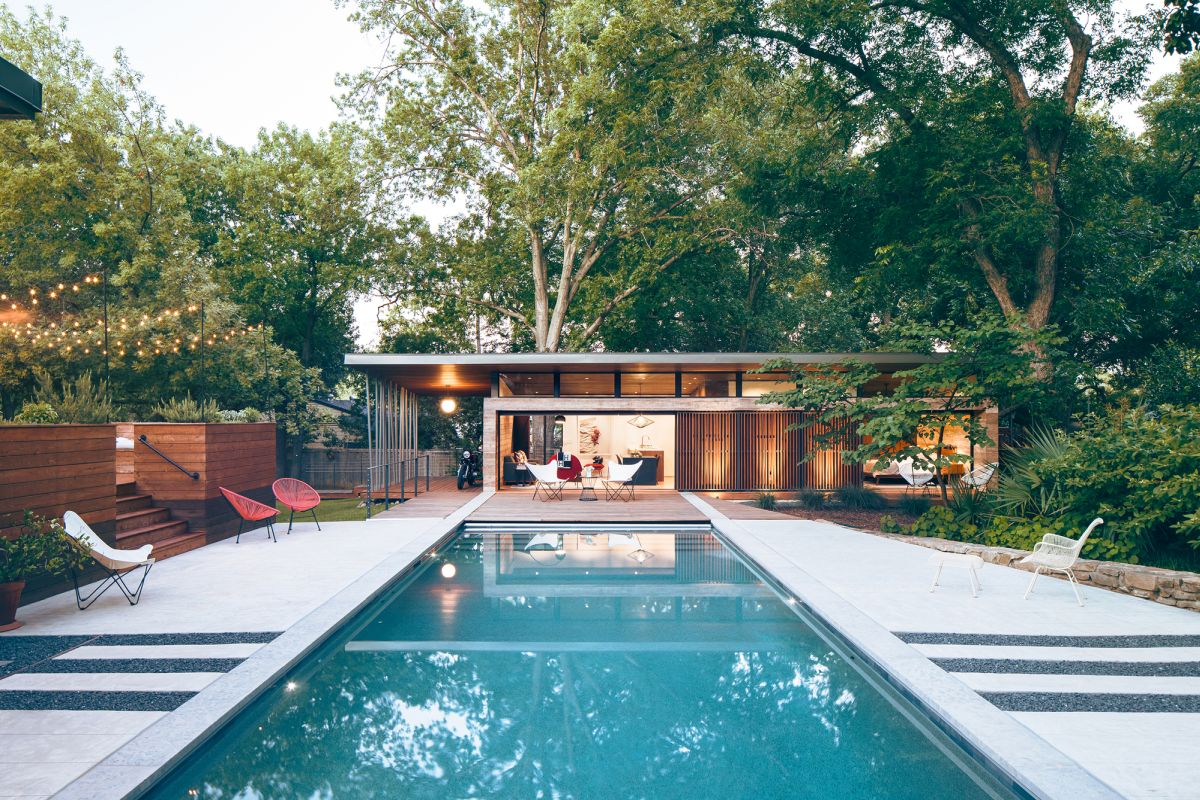
Notable designers and architects of the Mid-century modern style
1- Charles Eames and Ray Eames
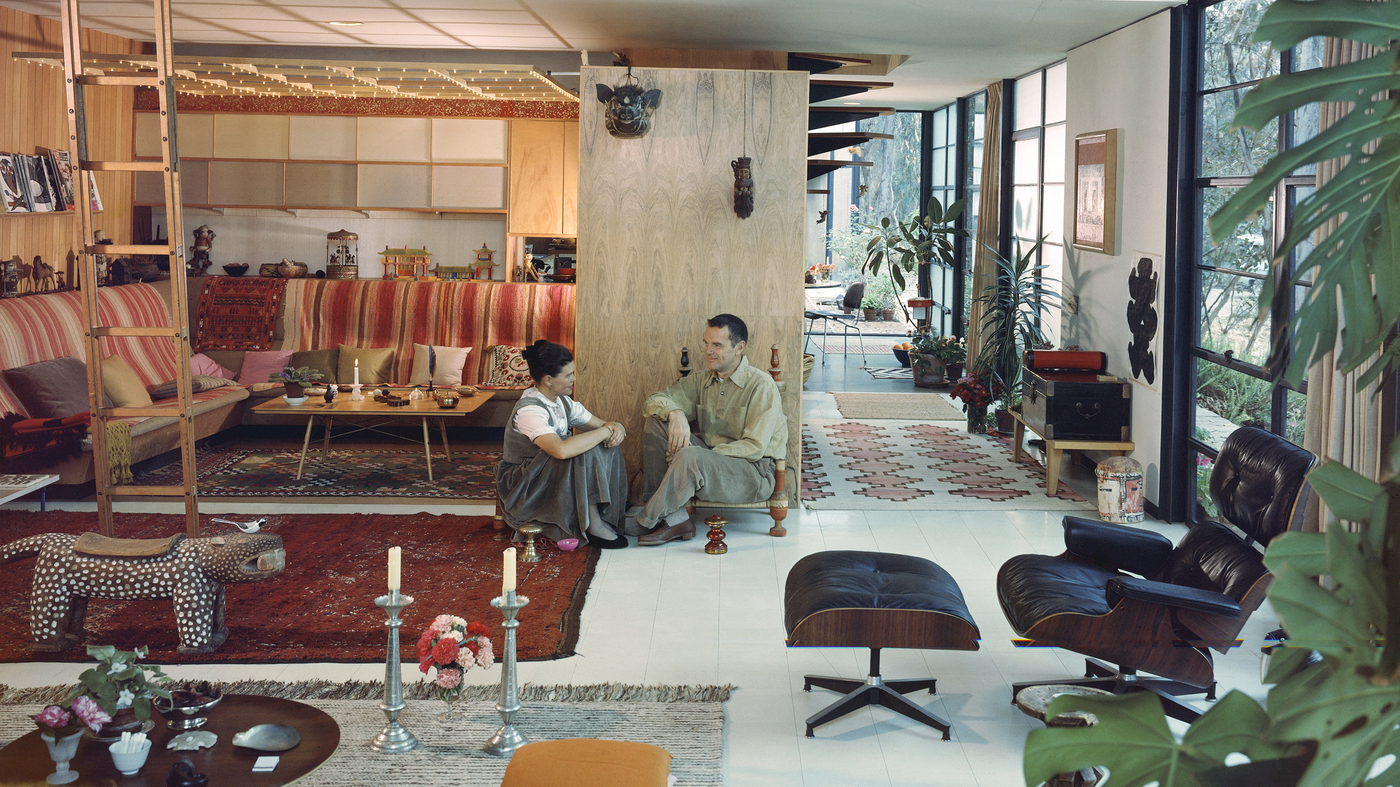
2- Alexander Girard
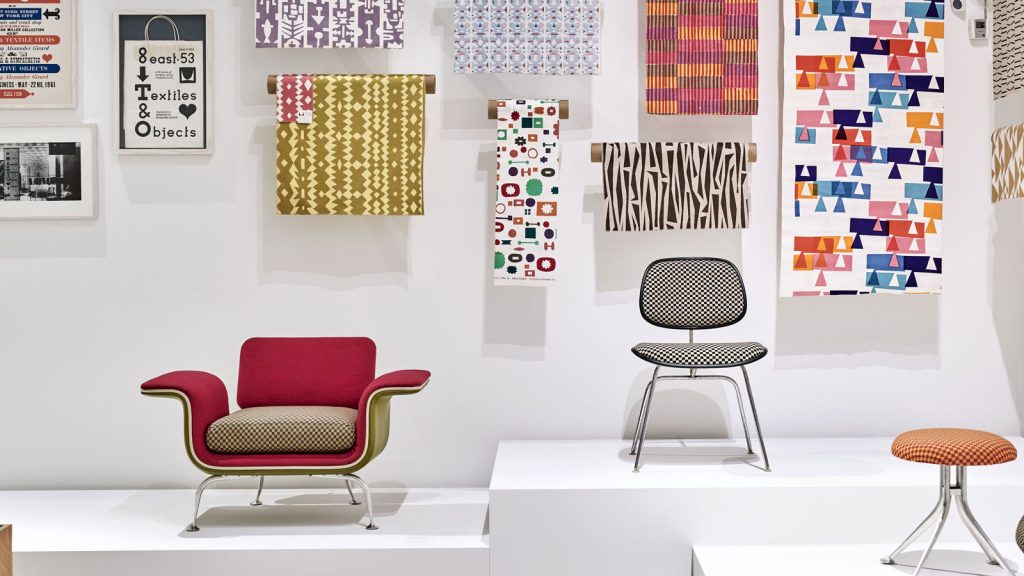
3- Arne Jacobsen
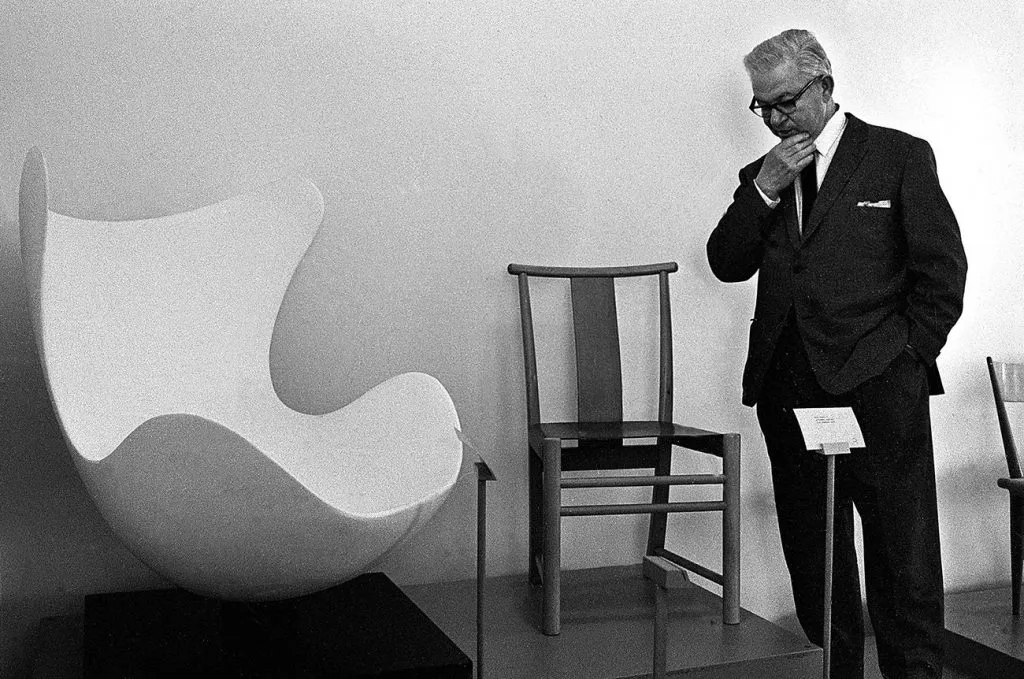
4- George Nelson
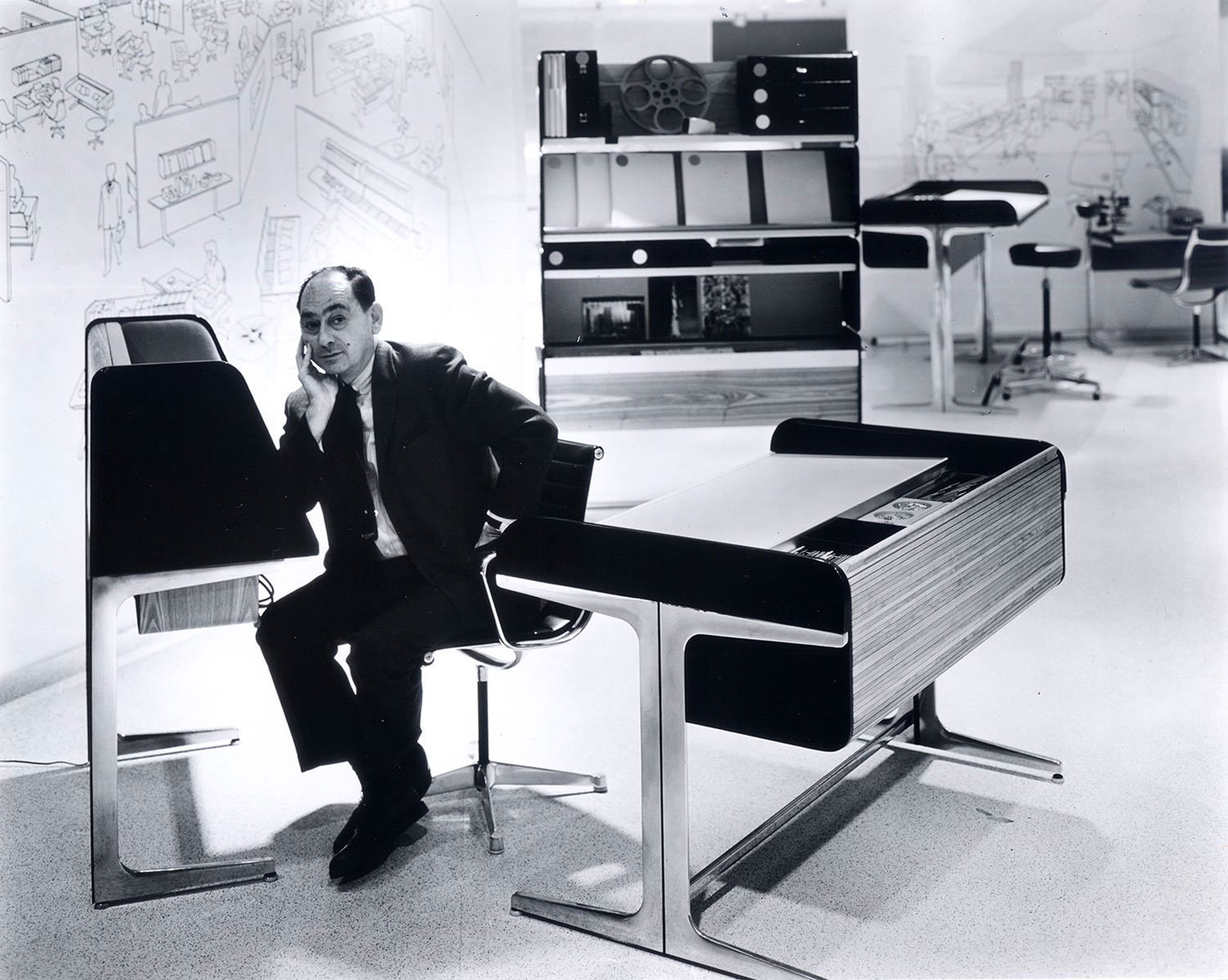
5- Eileen Gray
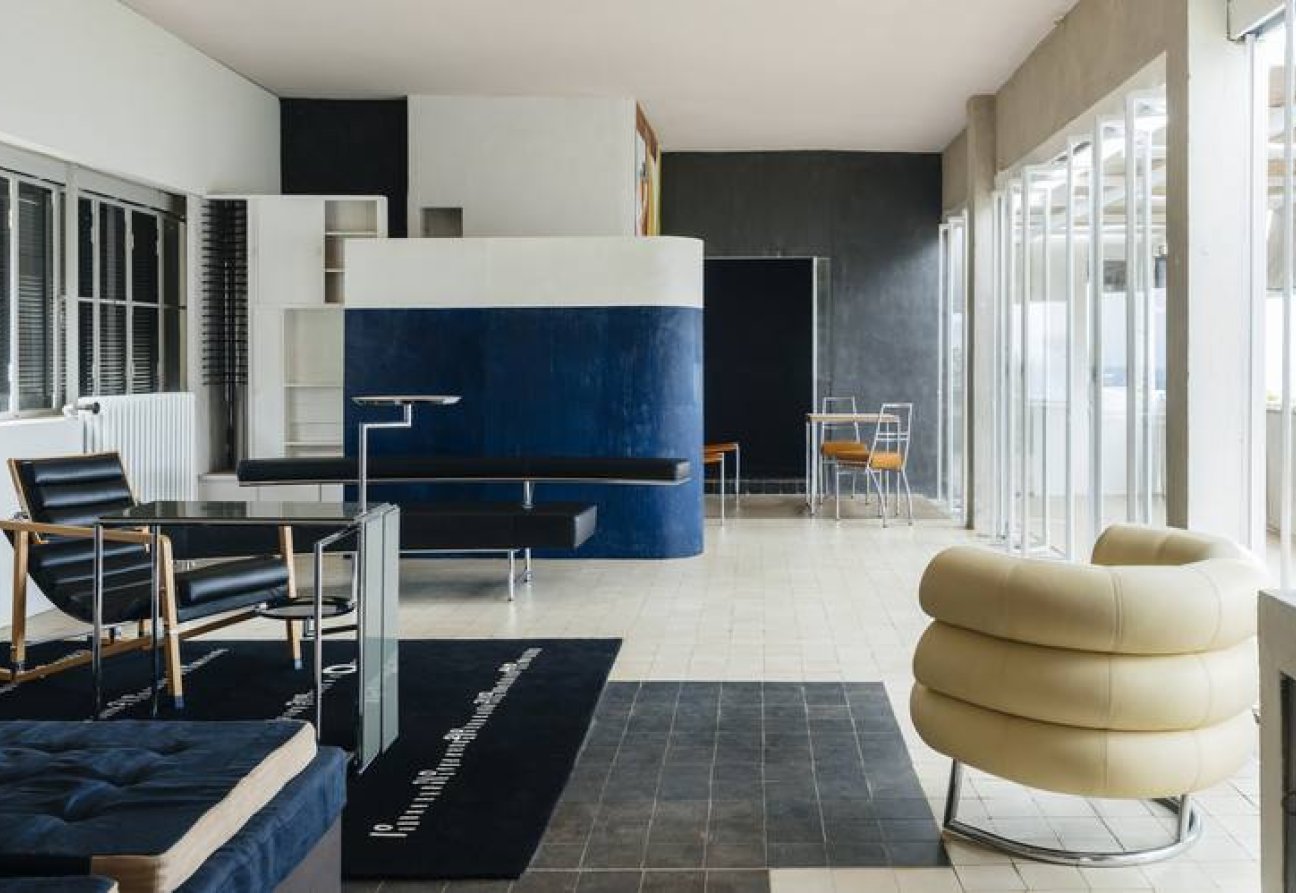
6- Isamu Noguchi

7- Verner Panton
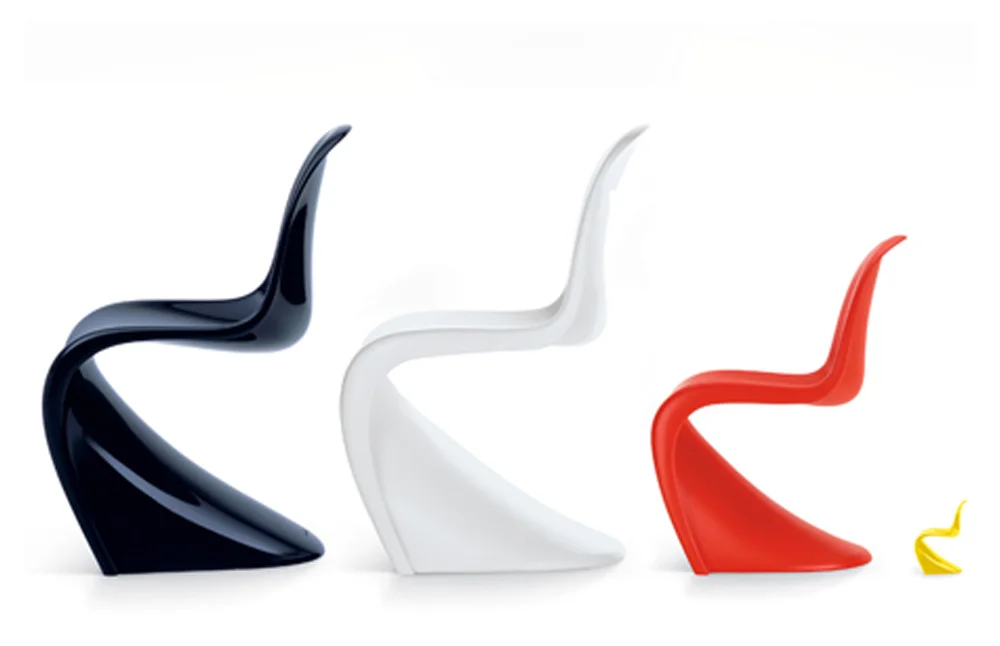
8- Eero Saarinen

9- Marcel Lajos Breuer
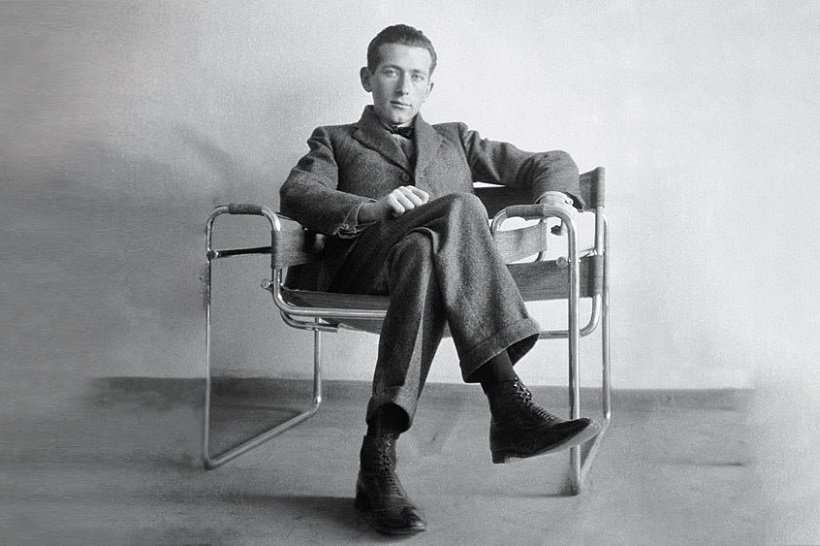
10- Hans Wegner
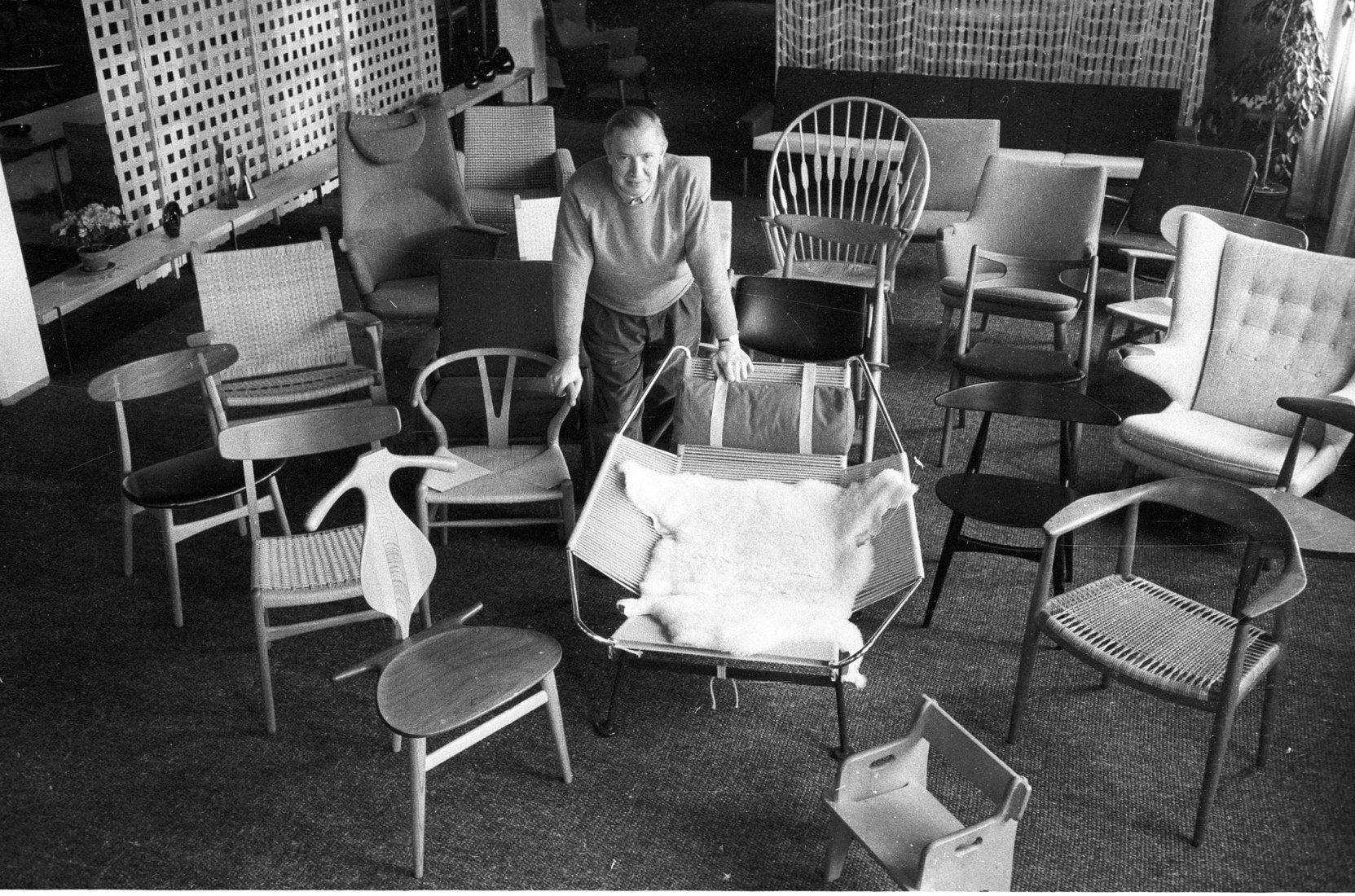
11- Florence Knoll
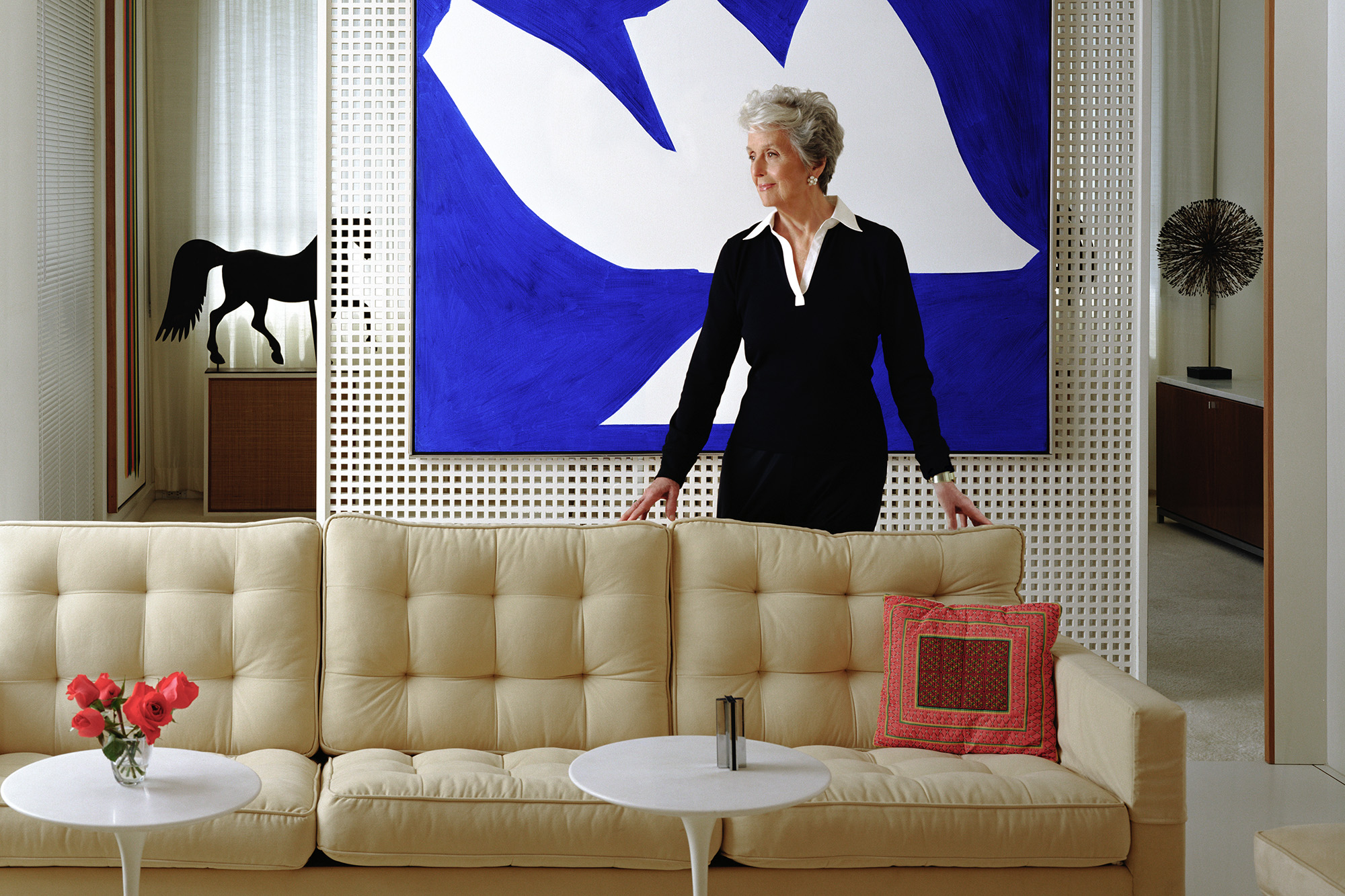
12- Richard Neutra
